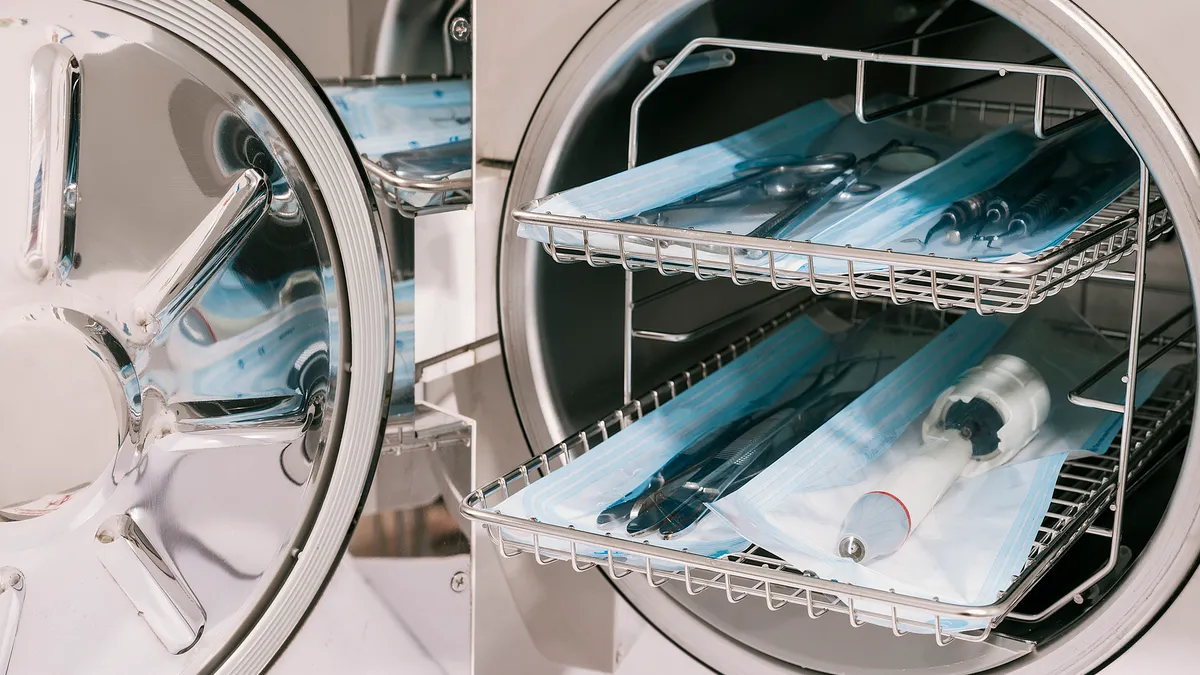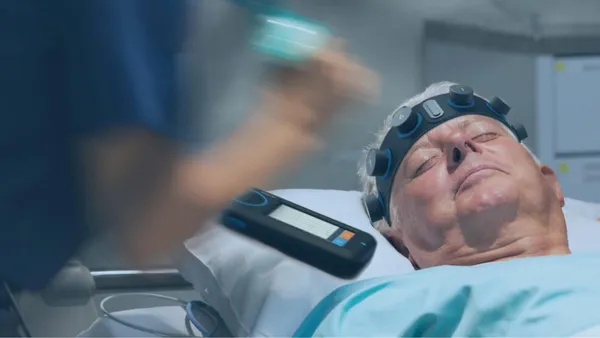Dive Brief:
- The Association for the Advancement of Medical Instrumentation updated its standard on ethylene oxide (EtO) sterilizers used in healthcare facilities, the organization said on Wednesday.
- The nonprofit, which develops voluntary consensus standards for health technology, said it last updated the standard on EtO in healthcare facilities more than two decades ago.
- AAMI said it made the changes to incorporate new technologies and address challenges faced by the industry, such as supply concerns.
Dive Insight:
AAMI’s update comes amid a changing regulatory environment for medical device sterilization. Much of the activity is focused on EtO, a widely used sterilant that can also cause cancer over a long period of exposure. In March, the Environmental Protection Agency issued a final rule setting stricter emissions limits for medical device sterilization facilities that use EtO.
AAMI’s updated standard focuses on the use of EtO in hospitals to sterilize or reprocess medical equipment. It sets out labeling, safety, performance and testing requirements for sterilizers used in healthcare facilities that have automatic controls.
Ted May, co-chair of AAMI’s Hospital Ethylene Oxide Sterilizer working group and CEO at Andersen Sterilizers, said the changes better reflect current practices. The revisions add EtO sterilization systems that have been cleared by the FDA since the last edition and de-emphasize large EtO tank and mixture-based systems, which were the standard for healthcare sterilization in 1999 but are no longer in use, May said in a statement.
Separately, the Food and Drug Administration said on Friday that it recognized two other standards set out by AAMI on sterilization. One of the standards provides directions for manufacturers to develop instructions for medical devices that must be processed by healthcare facilities prior to clinical use. The other is intended to help manufacturers and sterilizers when adding new or modified products to an existing EtO sterilization process.












